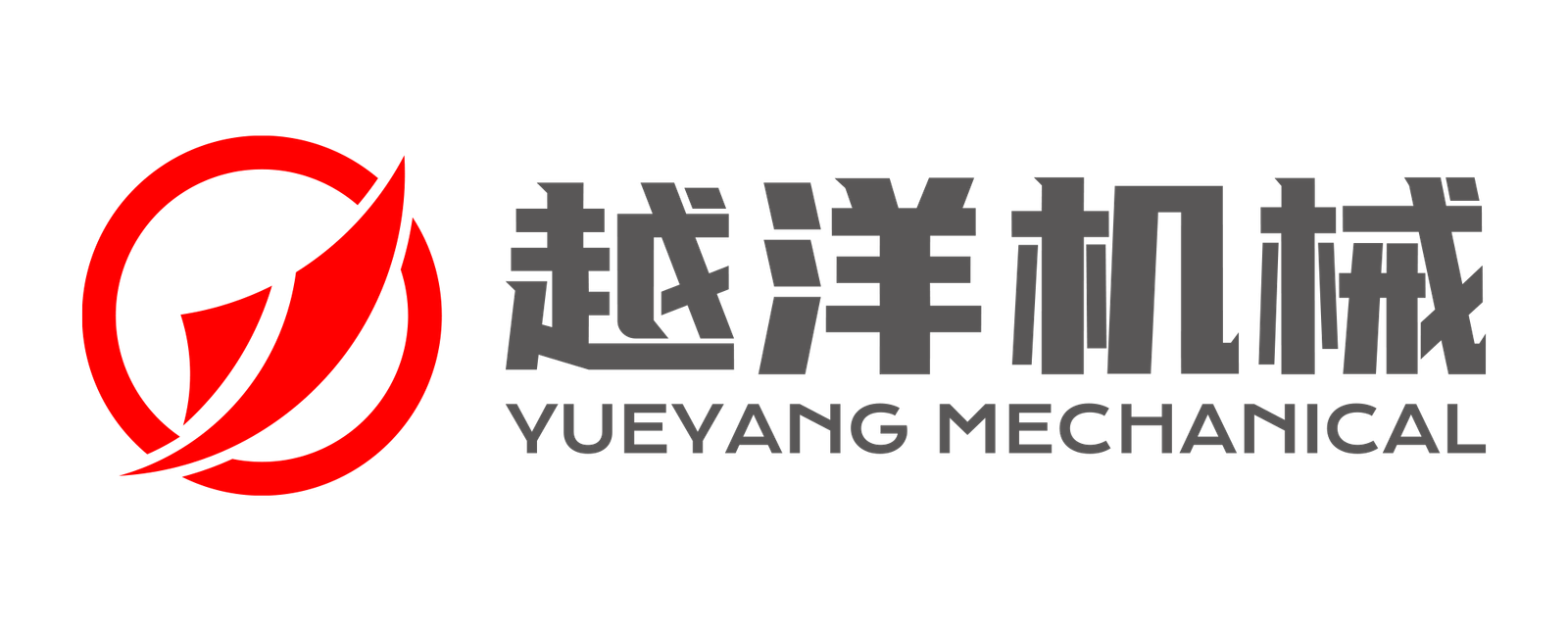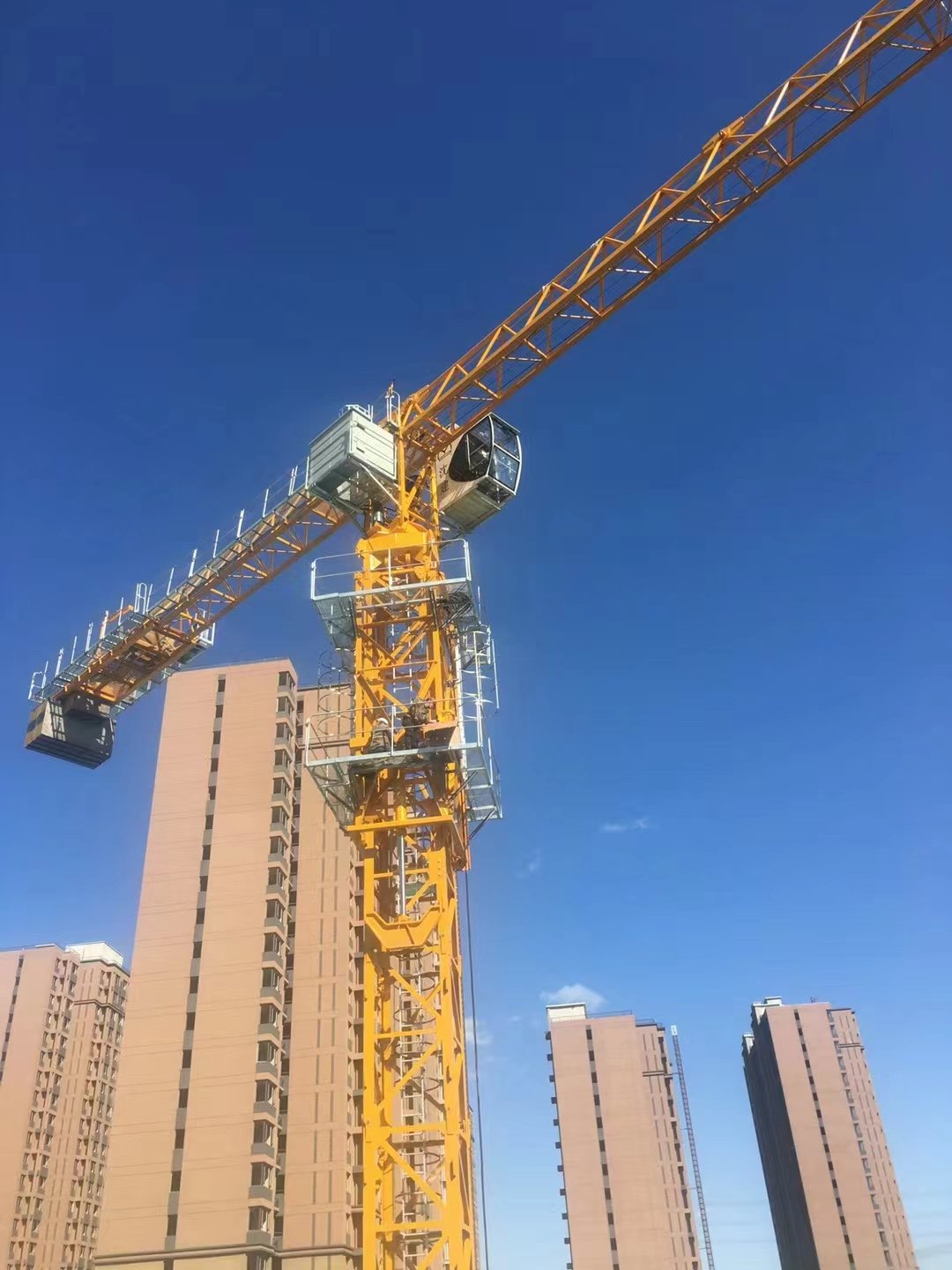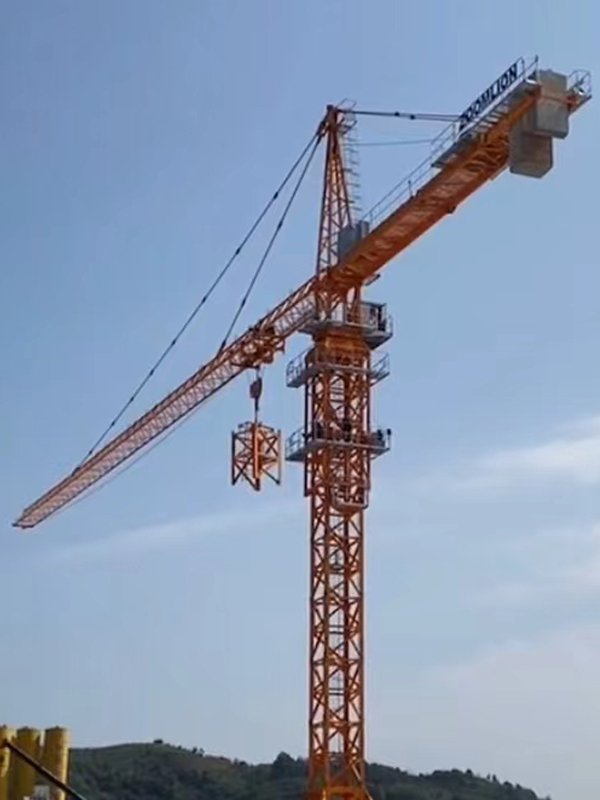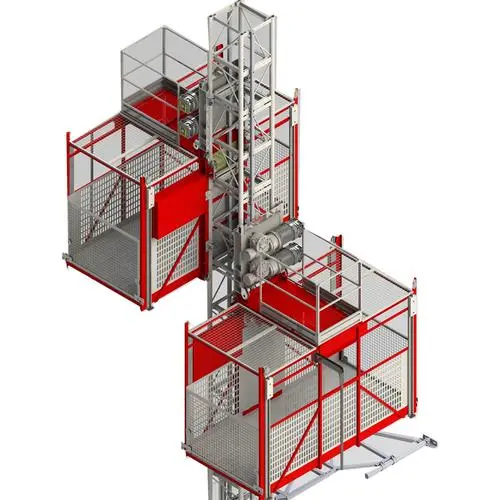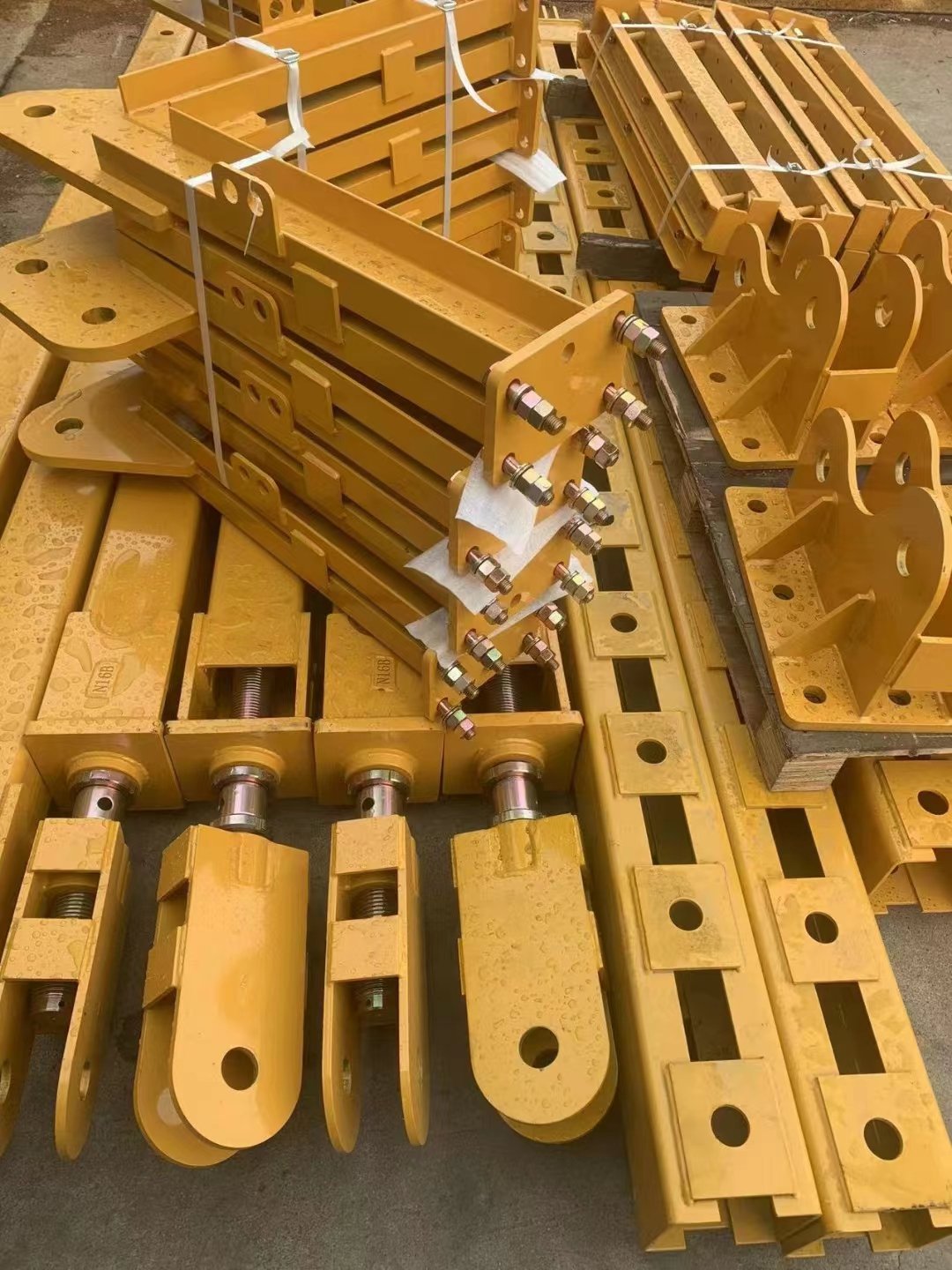تحليل خيارات التأجير مقابل شراء رافعة برجية مستعملة
مقدمة
So, you’re about to start a big construction project and you need a tower crane. The big question is — should you rent one or buy a used tower crane?
Don’t worry. You’re not alone. This is a common debate in the construction world. And guess what? The answer really depends on a few important factors, which we’ll break down together in this article.
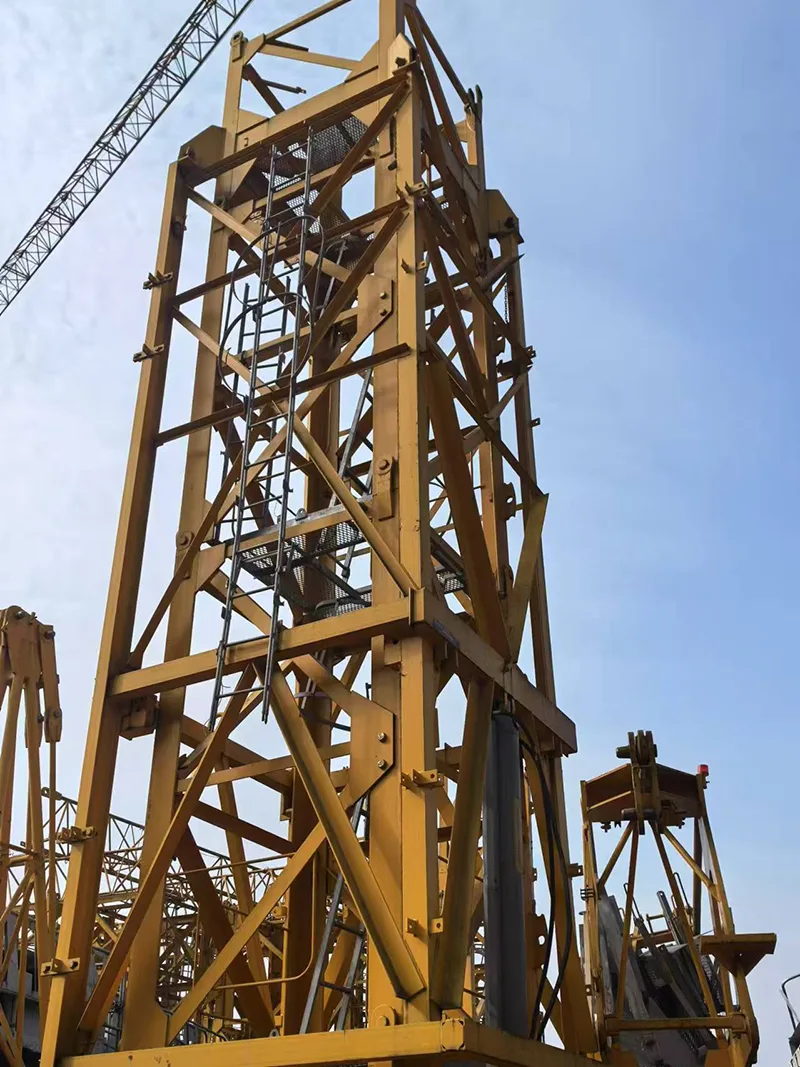
Why Tower Cranes Are Essential
Tower cranes are the giants of construction. Whether it’s building skyscrapers or high-rise apartments, they do the heavy lifting—literally. Without them, many of today’s complex projects wouldn’t even get off the ground.
Common Dilemma: Rent or Buy?
It’s like asking if you should lease or buy a car. Each option has its perks—and drawbacks. The best choice comes down to your budget, project timeline، و how often you’ll need the crane.
Understanding Tower Cranes
Types of Tower Cranes
Not all tower cranes are created equal. There are:
-
Hammerhead cranes – the standard choice for many large-scale builds
-
Luffing jib cranes – ideal for tight urban areas
-
Self-erecting cranes – easy to transport and assemble
Each has a unique purpose, and that affects the rent vs. buy decision.
How They’re Used in Construction
Tower cranes handle everything from concrete buckets to steel beams. They’re vital for efficiency, safety, and speed on the job site.
Renting a Used Tower Crane
Pros of Renting
Lower Upfront Cost
You don’t need to break the bank. Renting avoids the massive upfront payment required for buying a crane.
No Maintenance Responsibilities
Mechanical issue? Not your problem. Most rental agreements include service and repairs.
Flexibility for Short-Term Projects
Only need the crane for a month or two? Renting is tailor-made for short-term use.
Cons of Renting
Long-Term Expense Accumulates
The longer your project goes, the more renting eats into your budget. It’s like paying rent forever instead of owning a home.
Limited Availability in Peak Season
Need a crane in the middle of construction season? Good luck finding one. Demand surges, and your project could face delays.
Buying a Used Tower Crane
Pros of Buying
Cost-Effective for Long-Term Use
Over time, owning often costs less. Think of it as a long-term investment that pays for itself.
Full Control and Customization
Paint it pink. Upgrade the cabin. Set it up how you want, when you want.
Asset Ownership
A used crane becomes part of your company’s asset list. That boosts your valuation and makes future borrowing easier.
Cons of Buying
High Upfront Investment
Buying even a used crane isn’t cheap. You’ll need serious capital or financing options.
Ongoing Maintenance and Storage Costs
Cranes aren’t plug-and-play. They need regular servicing, a place to store them, and trained staff to manage them.
Cost Comparison
Renting vs. Buying: Breaking Down the Numbers
Let’s say renting a crane costs $10,000/month. In 12 months, that’s $120,000. But you could buy a solid used crane for $150,000–$180,000.
See the math? If your project spans a year or more, owning might be the smarter move.
Real-World Scenarios and Examples
-
A 3-month residential build: Renting makes sense
-
A 2-year commercial project: Buying saves you money
Project Duration Matters
Short-Term Projects: Why Renting Wins
If you’re in and out in under six months, don’t overcomplicate it—renting is usually more affordable and hassle-free.
Long-Term Projects: Why Buying Makes Sense
Long projects mean more crane time. That’s where ownership shines—financially and logistically.
Equipment Condition and Depreciation
Buying Used: Inspect Before You Invest
Not all used cranes are golden. Hire an expert to inspect it and check certifications.
Renting: Trusting the Rental Fleet
Reputable rental companies maintain their cranes well. But you’re trusting their service history, so choose wisely.
Market Conditions and Industry Trends
How Prices Fluctuate
Fuel prices, steel costs, and global demand all affect crane prices. Buying in a downturn? You might snag a deal.
Global Demand and Supply Chain Impact
Used cranes are hot commodities. If supply is tight, expect both purchase and rental prices to climb.

Who Should Rent? Who Should Buy?
Contractors, Builders, and Companies
-
Renting: Best for small contractors or unpredictable workloads
-
Buying: Great for growing firms with regular large projects
Key Questions to Ask Yourself
-
How long will I need the crane?
-
Do I have space to store and maintain it?
-
Will I use it again soon?
Making the Decision: A Step-by-Step Guide
Evaluate Budget, Timeline, and Use Case
Create a simple spreadsheet. List costs, project duration, frequency of use, and risks.
Checklist Before You Decide
-
✅ Do you have trained operators?
-
✅ Is your project under or over 6 months?
-
✅ Do you have storage space?
-
✅ Is your budget flexible?
خاتمة
When it comes down to it, renting is perfect for short-term, one-off projects, while buying is a smart move for long-term, recurring builds. Don’t just go with your gut—crunch the numbers, weigh the pros and cons, and choose what makes sense for your business.
الأسئلة الشائعة
1. Is renting better for first-time contractors?
Yes, especially if you’re not ready for the maintenance and capital cost of ownership.
2. How long should a project be to justify buying?
Generally, if the project lasts more than 12–18 months, buying becomes more cost-effective.
3. Can I resell a used tower crane later?
Absolutely. If it’s well-maintained, you can recover a good portion of your investment.
4. What maintenance is required for owned cranes?
Routine inspections, lubrication, cable checks, and electronic diagnostics are essential.
5. How do I calculate the break-even point?
Add all rental costs and compare them to the purchase price plus ownership expenses. When those numbers match, you’ve found your break-even point.
![]()





